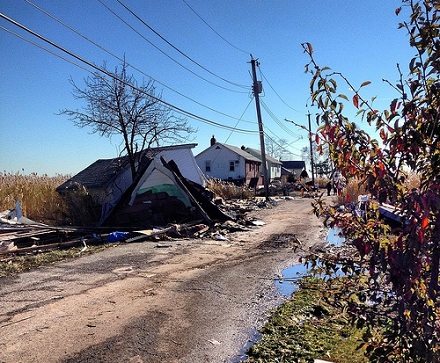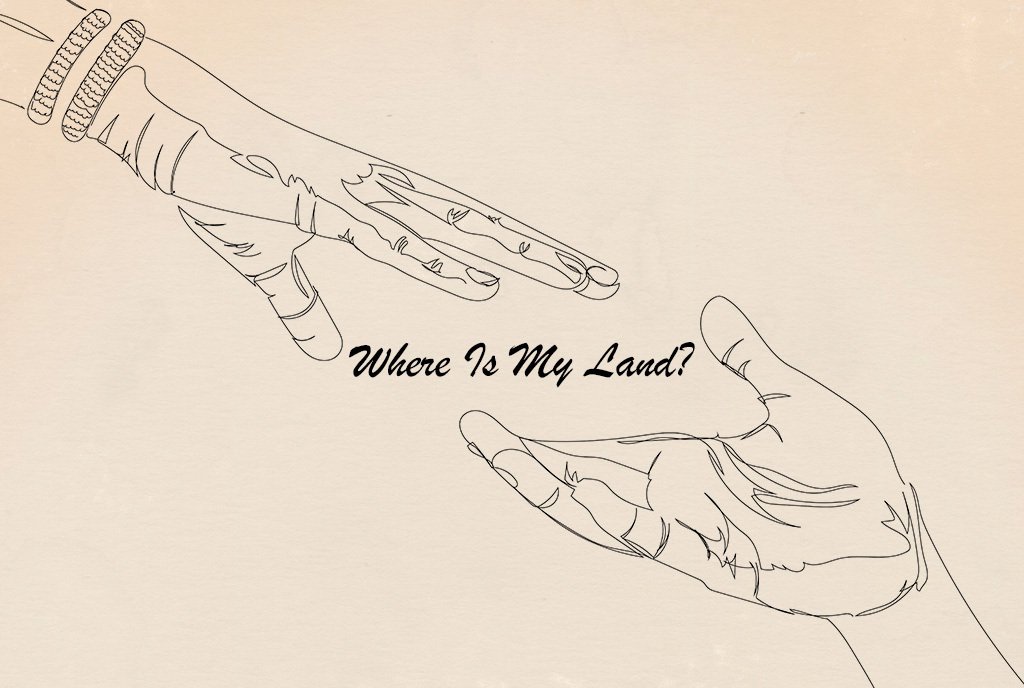
November 4, 2012; Source: Center for Disaster Philanthropy
What are nonprofits doing in the aftermath of Superstorm Sandy? It might be much faster to answer the question, “What are they not doing?” A scan of recent news about the relief effort underway paints a prominent picture of nonprofits as uniquely valuable partners, not only for raising money, but also for building and rebuilding community.
As is often the case after disasters, the American Red Cross is the biggest nonprofit focus of press coverage and donor campaigns. Through individual giving, a televised benefit concert and corporate donations, the American Red Cross Disaster Relief Fund has already raised nearly $85 million for Sandy relief. The Red Cross response to Sandy may also provide a key indicator as to the potential of Facebook’s new “Gifts” service, as the Red Cross is one of eleven charities included in the service’s test launch, which has coincided with the Sandy relief campaign.
Sign up for our free newsletters
Subscribe to NPQ's newsletters to have our top stories delivered directly to your inbox.
By signing up, you agree to our privacy policy and terms of use, and to receive messages from NPQ and our partners.
While there has been some criticism of some relief efforts (for example, the three-day delay in getting Red Cross emergency vehicles to Staten Island), the news is generally favorable as to the level of coordination among local, state and federal government (especially when compared to Hurricane Katrina). Furthermore, the critical role of many different nonprofits in the relief and recovery effort has been prominent in the news. For example, New York Gov. Mario Cuomo issued a press release on November 1 dedicated to shining light on the network of nonprofits partnering with government.
Sandy has brought nonprofits into the public eye as hardworking, collaborative, effective at connecting resources with communities that would otherwise be overlooked, and worthy of public support. Nonprofits in the region struck by Sandy are working to target and sustain local resources for the long recovery road ahead. For example, just three days after surveying local nonprofits, small businesses and civic institutions as to the greatest areas of unmet need, the Brooklyn Community Foundation spearheaded the creation of a $400,000 Brooklyn Recovery Fund “to not only cover the costs of services going 24/7, but help rebuild organizations nearly wiped out by Sandy.” Beyond formal nonprofit sector work, purely voluntary grassroots relief efforts have also received media recognition.
Overall, the charitable response to Sandy from wealthy individuals writing high-profile checks has been “relatively muted” to date as compared with other recent natural disasters. However, according to Melissa Berman of Rockefeller Philanthropy Advisors, “It’s too early to know what the outpouring will really be” because many of the region’s wealthy residents are personally preoccupied with putting their own lives back together. Some have also attributed the slow wealthy donor response as reflective of the public sector’s effectiveness in meeting relief needs, which has lessened the burden on private funds, a note that may have some significance in the closing campaign trail discussions about the efficacy of government.
The relatively strong coordinated response to Sandy could reflect many factors, including the existing capacity of the region’s nonprofit network, the close proximity to major media outlets, and institutionalized learning from past disaster responses. But will the nation’s appreciation for the nonprofit sector’s work continue and broaden after the initial, intensive burst of post-Sandy relief work? It is up to us to make sure that we are seen as more than the American Red Cross, as critical as it is. –Kathi Jaworski












